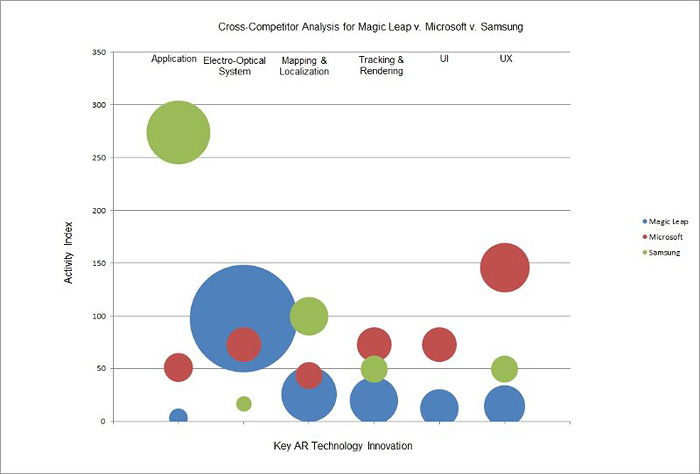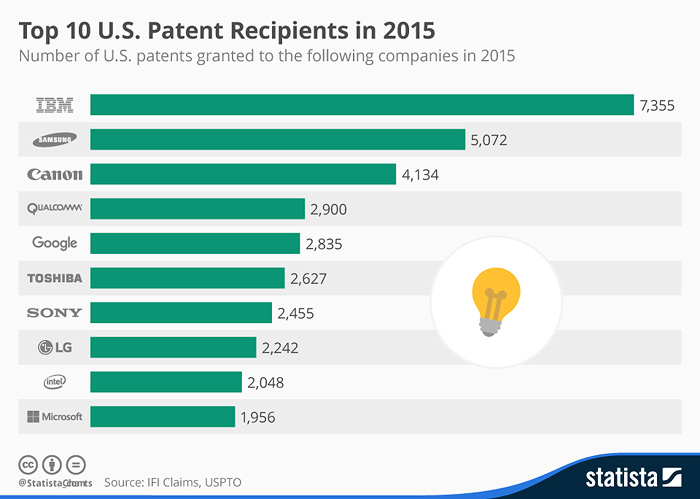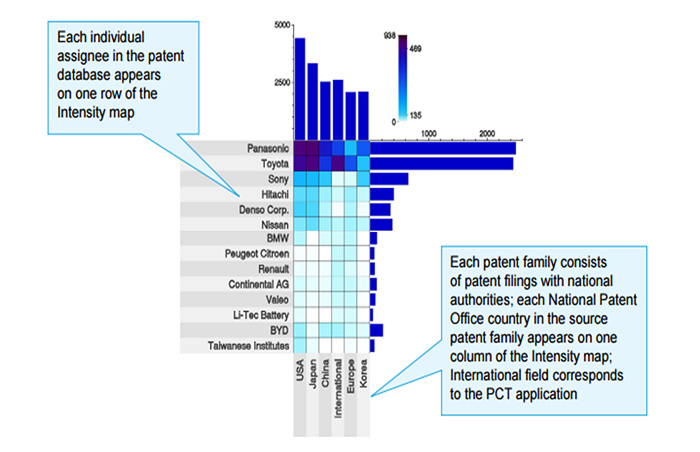Patent data plays a decisive role in decisions about company products, R&D and market operations at each stage of your company’s development. After collation, classification and analysis, patent data can help R&D departments within companies in planning their product strategies; it can also help the management team set its sights on specific target markets. The insights provided by comprehensive patent data, will keep you in the loop on the development of core technology and are the key to survival.
The Importance of Patent Data
Patents serve as a useful tool for businesses, regardless of operational model, whether you want help as the dominant player in a market or just want to earn licensing revenue. Insights into the patent deployment of different market players offer you the possibility of avoiding patent litigation, thereby controlling exposure to risk. A clear understanding of each company’s patents in specific industries also allows you to make careful calculations as to how much leverage one has in cross-licensing negotiations. For example, from the high-volume deployment of augmented reality (AR) patents shown in Figure 1, one can see how three competitors (Magic Leap, Microsoft and Samsung) have deployed patents to different AR subsectors. In the spirit of “know thyself know thy enemy”, knowing where a company stands in terms of the technology market, informs both your defensive and offensive strategy and gives you a solid foothold in your industry.
As a sales or operations executive, being up-to-the-minute on where you and your competitors stand in terms of core technology and patents is quite important; as the manager of an R&D department, this knowledge is key in making decisions on researching new patents in a particular field, discovering which patents could be the subject of litigation and which have a high R&D value. All of this is worth investing the time to keep tabs on.
Figure 1: Activity Index for Augmented Reality (AR) Patents

Source: Alex G. Lee, Ph.D. J.D. CLP; 2/16/2016
As big data has become increasingly mainstream in the analytics field, the issue of how one can extract useful information has become a hot topic, given that the sampling and interpretation of data has to be done to the same standards to get any real meaning out of data. From Figure 2 it appears that IBM has ranked first in terms of patent grants in the US in 2015, but in fact, there are several companies operating under the IBM flag, so it is difficult to tell if they are really beating other brands in terms of individual business sectors. It is only when we engage in a more detailed analysis that we can get insights into this kind of information. In the same way, we can't draw any definitive conclusions about the relative R&D output value of Microsoft and Google in 2015 just on the basis that Microsoft was granted fewer patents than Google in that year. If you just looked at the overall patent numbers, it might lead you to a false conclusion.
Figure 2: Patent Grants in the US in 2015

Source: IFI Claims, USPTO, Statista
Benefits of monitoring patent data:
- It can give you an insight into your company's current patent deployment and allows you to plan for the future
- It helps you seek out patents that pose an infringement risk, to ensure the timely filing of invalidation proceedings
- It allows you to seek out potential competitors with similar core technology underlying their products
- It gives you up-to-the-minute insights into trends in R&D, allowing you to harness new markets
Constant monitoring of patent data gives businesses insights into current industry trends, as well as their own company's technology deployment in different industry sectors. They can also understand the longer term strategies underlying the patent deployment of competitors, with up-to-the-minute updates on patent filings by one's own company and those filed by competitors. With this information, you can sharpen your patent strategy and forge ahead with your patent deployment while blocking your competitors from key opportunities.
The huge amount of patent data collected by patent watch services all has its significance, both on the micro and the macro level. Although you only obtain data on the entire population, if you have the right tools, you can produce overlay diagrams like Figure 3, and thereby gain key insights into the patent deployment of each of your competitors. As patents aren't valid forever, if you monitor the legal status of relevant cases closely enough, it is possible to find ways through “patent fences”, allowing your business to realize more potential market opportunities.
Figure 3: A report derived from patent data analysis

Source: PatAnalyze Whitepaper, (only a section of the complete diagram)
What services are included under PVIGO1Patent Watch?
Companies can build a patent database, by applying filters aligned with their objectives to data obtained regularly from the official websites of intellectual property offices using the PVIGO Patent Watch Service. Just gathering data is not enough for a patent watch service, however. This data must be displayed in a structured format and be defined in terms of its professional application. It is only in this way that data attains value. As well as providing regular structured data reports, PVIGO Patent Watch provides change notices when a patent being monitored changes in status, giving you up-to-the-minute updates.
This service also provides analysis of patented technology relevant to your industry. So for businesses which want to use patent data to gain insights into market trends and assess their competitiveness, but are unable to do so independently, Patent Watch is the first step to realizing their potential.
Conclusion
In summary, as well as being used to protect a company’s innovative technology and forming part of its IP asset portfolio, when subjected to filtered searches, compilation, as well as regular monitoring and analysis, patents can be used to understand the development of technology and product value within a company; and to analyze market demand, market trends and to aid in product policy and operational planning decisions externally, making it the best competitiveness analysis tool for your business!
1:PVIGO is an e-commerce platform created by North America Intellectual Property Corp.
If you want to understand more about PVIGO’s Patent Watch Services, click here.
References:
- Figure 1:<https://www.linkedin.com/pulse/magic-leap-v-microsoft-samsung-augmented-reality-from-alex-g->
- igure 2:<https://www.statista.com/chart/4260/top-10-patent-recipients/>
- igure 3:http://www.patanalyse.com/documents/PatAnalyse_white_paper.pdf
|
| Facebook |
|
Follow the IP Observer on our FB Page |
|
|
|
|
|
|

